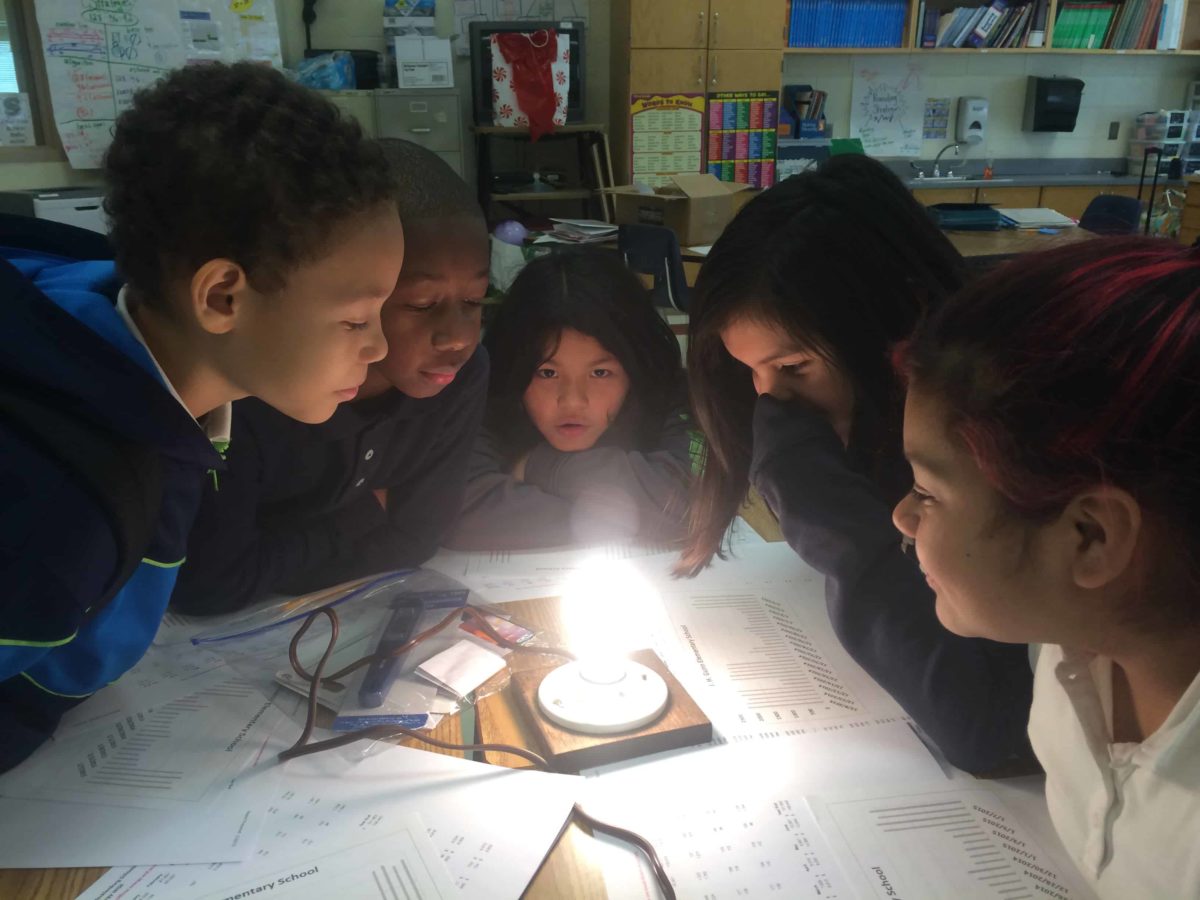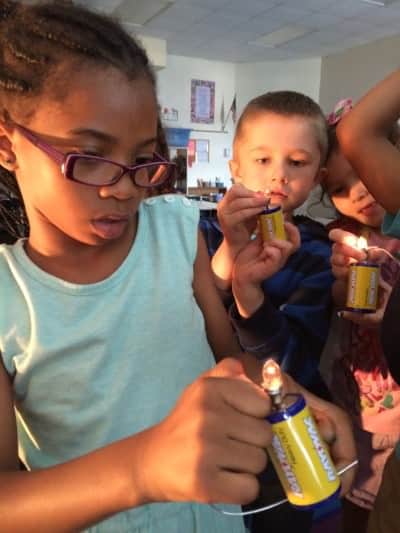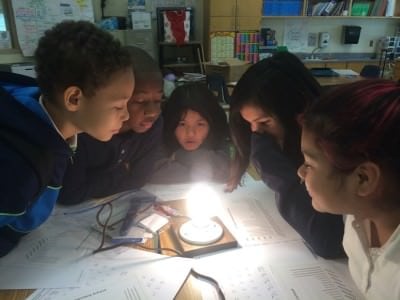

Several years ago I was asked to develop an energy management program for Guilford County Schools.
With more than 120 schools along with several administrative and support facilities, Guilford was spending over 22 million dollars annually for utilities. At the beginning of the program we implemented all of the typical energy management strategies. The school board adopted an energy policy and we established operating procedures and guidelines. We began to analyze our utility invoices and issued reports pointing out particular areas needing attention. We hired an energy manager and started conducting building audits.
Almost immediately it became apparent we would meet with success, although I felt something important was missing.


The four primary components of Energy WISE are:
Monitoring
Awareness
Educating
Recognition
Monitoring
At the beginning of the school year, students conduct energy patrols in classrooms throughout the campus looking for ways to save energy. At various times during the year, additional patrols measure improvement trends and provide feedback to teachers. Students are provided utilities data for their school and receive instructions on how to analyze energy consumption. Although utility billing reports are useful, there is an inherent time lag of several weeks while invoices are being processed. Students learn more when they can see the impact of their efforts in “real time.”
A recent innovation for student-based energy clubs involves “real-time” energy monitoring providing student access to dashboard systems tied in to the main electrical panel. Students can access information on the Internet to see exactly how much electricity their school is using within 15-minute intervals. This information can have an impact on learning and on energy usage. For example, Energy WISE focuses on shutting down the school properly during times when the facility is unoccupied. Students can compare the amount of energy being used during a holiday break to verify if proactive conservation plans were followed and have been successful.
Awareness
Energy WISE clubs are designed to deliver a message to the entire school, to the community, and to the home. Student activities involve poster contests, assemblies, morning announcements, and presentations at staff meetings. Children are encouraged to practice good energy conservation practices in their homes and to share what they are learning with family members and friends. As clubs become more experienced, they often reach beyond the school into the community to showcase what they are doing and to encourage energy conservation on a broader level.
Educating
Students are provided materials, equipment, and instruction on a variety of energy conservation techniques including plug-load surveys, lighting assessments, and data analysis. The school building is their laboratory. They learn the differences between lighting systems and how much energy is required to run them. Utilizing a “Kill-O-Watt” meter they learn to calculate the cost of leaving equipment on when it is not being used. Essentially, they learn to identify energy waste and how to avoid it.
Recognition
The genius in the design of the Energy WISE program is in its relationship with the National Energy Education Development Project (NEED.) Along with an amazing resource of energy education materials, NEED organizes a state-level and national competition for K-12 energy clubs. Students prepare notebooks throughout the school year documenting their activities. They compete for awards within the school district and use the same format to participate in the NEED Youth Awards Program. Successful clubs have an opportunity to send students to Washington D.C. in June to accept awards and meet energy focused students from all over the country.
Guilford County Schools is entering its sixth consecutive year with Energy WISE and currently has more than 70 energy clubs. Charlotte-Mecklenburg County Schools started Energy WISE clubs in 18 schools in 2014-15. This year the program is being piloted in Rutherford County Schools. It makes sense to conserve natural resources in schools and even more sense to develop an energy conservation program that involves children. While we may realize an immediate economic benefit in school operations, the experience provided to future generations is immeasurable.


